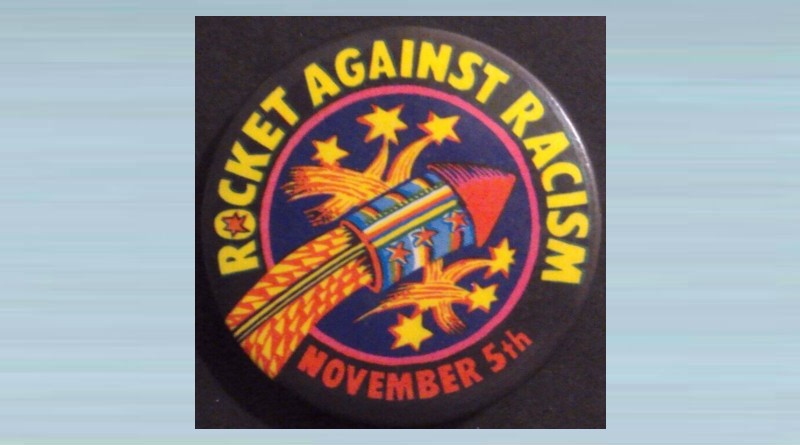


Rock Against Racism (RAR) was a grassroots cultural movement in the UK, founded in 1976 to fight racism and far-right extremism through music and art.
Rock Against Racism (RAR) began in 1976 as a grassroots response to a rising tide of public racism and the increasingly visible support for far-right politics among some public figures. The immediate spark came after racist remarks by well-known musicians enraged many fans; photographers, writers and music lovers who opposed bigotry — including people such as Red Saunders and Roger Huddle — organised to turn anger into action and so RAR was born.
RAR’s founding idea was simple and practical: use popular music to build solidarity across divides. The movement deliberately mixed punk, reggae and ska scenes — genres that were sometimes separated by race and class — so that concerts, fanzines and benefit events became places of solidarity rather than division. RAR’s actions and slogans (for example, “Love music, hate racism”) showed that culture could be a powerful tool in anti-racist campaigning.
By 1978 RAR had become a nationwide phenomenon, with local groups springing up across the UK and mass events drawing large crowds. Landmark gatherings such as the Victoria Park carnival demonstrated how music, banners and community organising could challenge the far right in public spaces. RAR left a lasting legacy: proof that creative, collective cultural protest could reshape public conversation and bring people together against prejudice.
RAR became known for organising gigs, marches, and carnivals that brought together punk, reggae, and ska bands, mixing Black and white youth from all over the UK. There most notable event was the Victoria Park Carnival on April 30, 1978.
RAR partnered with the Anti-Nazi League and helped shift youth culture firmly against fascism.
RAR used strong visual design—badges, posters, and fanzines like Temporary Hoarding—to spread its message. These were bold, often handmade, and influenced by punk aesthetics.
RAR inspired future movements like Love Music Hate Racism (LMHR), and influenced punk, ska, and protest culture. Its badge culture lives on as a symbol of unity, resistance, and the idea that music can challenge oppression.
Perhaps most importantly, RAR showed the world that music, fashion, and resistance could be fused into something powerful—and a badge could say more than a speech.>
☮️ Organisation: Rock Against Racism
🕰️ Age: Late 70s - late 80s
💎 Rarity: 4-10/10
⚙️ Material: Mostly tin, with a few exceptions
📏 Size: Various
🎨 Variations: Various
💰 Price Guide: £15 - £40 is typical
📌 Top Tip: Like original punk badges, original RAR are heavily copied and / or reissued, so don’t be fooled! Check the materials, printing, and design details carefully.
RAR badges are among the most sought-after political and music-related collectables from the late 1970s. Produced in small batches by local groups and volunteers rather than commercial printers, each design reflects the DIY spirit of the movement. Many feature bold typography, hand-drawn stars, clenched fists, or the classic RAR logo — simple, urgent, and unmistakably punk in style.
Because RAR operated as a grassroots network, badge designs varied from town to town. Some were made for specific gigs or carnivals, others sold through fanzines or handed out at anti-fascist rallies. This localised production means genuine originals are relatively rare, especially those tied to major events like the 1978 Victoria Park Carnival.
Collectors today prize these badges not only for their visual punch but for what they represent — a fusion of music, activism, and anti-racist solidarity. However, because RAR’s designs are iconic, many have been reproduced over the years. When collecting, look for signs of age, handmade imperfections, and the slightly rough printing that marks the originals.
Due to their continued popularity and enduring cultural significance, many RAR badges have been either reissued or reproduced in later decades. Some of these reissues are officially licensed, while others are unofficial tributes made by fans. While these reproductions keep the RAR spirit alive, collectors should take care to distinguish them from genuine 1970s originals.
Original late-1970s RAR badges typically sell for between £15 and £40, with rare event or regional designs sometimes reaching £60 or more among collectors.
Coming soon.